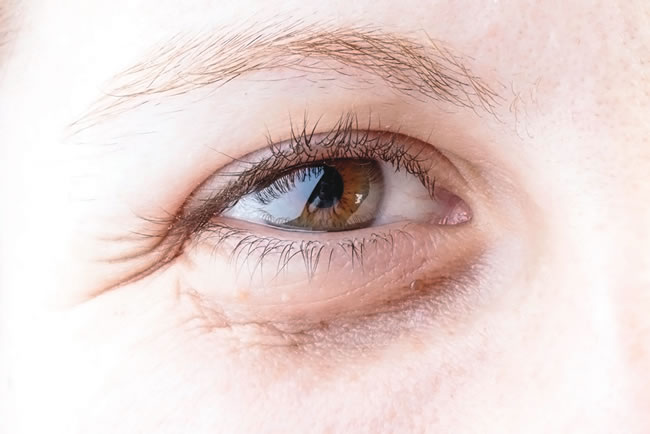Eye exercises are often suggested as a way to improve vision, but the scientific evidence supporting this claim is quite limited. Here’s what you need to know:
- Limited Evidence for Vision Improvement: There is little credible scientific research indicating that eye exercises can significantly improve conditions like myopia (nearsightedness), hyperopia (farsightedness), or astigmatism. These conditions are typically caused by the shape of the eye or the lens and usually require corrective lenses or surgery.
- Potential Benefits for Eye Comfort: While eye exercises may not improve vision, they can be beneficial for reducing eyestrain and improving comfort. This is particularly relevant for people who experience digital eyestrain from prolonged computer use, which can cause symptoms like dry eyes, blurred vision, and headaches. Simple exercises, such as the 20-20-20 rule (taking a 20-second break to look at something 20 feet away every 20 minutes), can help alleviate these symptoms.
- No Effect on Eye Diseases: For serious eye conditions like age-related macular degeneration, cataracts, or glaucoma, eye exercises are unlikely to have a significant impact. These conditions require medical treatment and intervention.
In summary, while eye exercises might help with comfort and reduce symptoms of digital eyestrain, they are unlikely to improve underlying vision problems or eye diseases.
